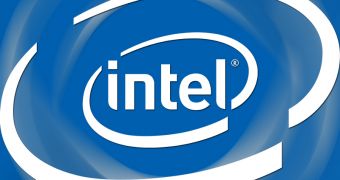Anyone wondering what Intel was doing to improve its video and graphics technologies may want to know of the recent deal it signed with RealNetworks.
Right to the point, Intel is going to buy 190 patents and 170 patent applications from RealNetworks, including its next-generation video codec.
“Selling these patents to Intel unlocks some of the substantial and unrealized value of RealNetworks assets. It represents an extraordinary opportunity for us to generate additional capital to boost investments in new businesses and markets while still protecting our existing business,” said Thomas Nielsen, RealNetworks president and CEO.
“RealNetworks is pleased Intel has agreed to acquire our next generation video codec software and team. Intel has a strong reputation as a technology innovator, and we believe they are well positioned to build on the development work and investment we've made in this area.”
As per the terms of the pact, RealNetworks will retain the right to use the patents in current and future products.
Additionally, the two companies have signed a memorandum of understanding for collaboration on the future support and development of the next-generation video codec software.
Financially, this all means that Intel will have to pay RealNetworks the sum of $120 million, which translates into 91.28 million Euro, according to exchange rates.
“As the technology industry evolves towards an experience-centric model, users are demanding more media and graphics capabilities in their computing devices,” said Renee James, Intel senior vice president and general manager of the Software and Services Group.
“The acquisition of these foundational media patents, additional patents and video codec software expands Intel's diverse and extensive portfolio of intellectual property. We believe this agreement enhances our ability to continue to offer richer experiences and innovative solutions to end users across a wide spectrum of devices, including through Ultrabook devices, smartphones and digital media.”

 14 DAY TRIAL //
14 DAY TRIAL //